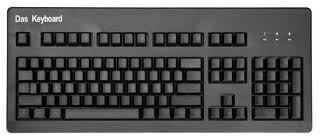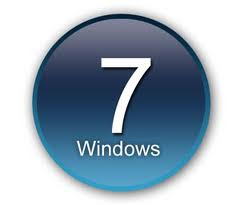You really have a problem on your hands: You have to get rid of Antivirus 8, but it was specifically engineered to be difficult to eliminate. It uses your PC's memory to spread all over your system, in the meantime, it is also stealing your private data such as credit card information, and other things you'd like kept confidential, and it sends it out to the programmers who created it, you can guess what they do with the data.
To make things worse, while it can be painfully difficult to delete Antivirus 8, it is all too easy to get infected. There are ways to lessen the risk though:
* Stay away from websites you don't know or look suspicious. Some less reputable websites contain browser hijacker code.
* Avoid using Adobe software or Adobe browser plug-ins, if you must use these, do so only if you have real time virus protection from a trusted anti-virus program.
* Uninstall any P2P software you might have, these can be fun, but the risks of using stuff like uTorrent and Limewire is just too great, especially since most P2P applications use a CODEC.
With this and similar viruses, there are warning signs that will alert you to a possible infection. A common first sign is a ton of pop-up messages telling you that your PC is infected. They will then advise you to download a program to eliminate the threat. The pop-ups are a sign that your browser has been hijacked, but the real threat, is the software you are being persuaded to download. Whatever you do, don't download the software.
Should you be unfortunate enough to already have the malware, you will have to perform Antivirus 8 removal. There are two ways to do it, the first and more difficult is manually:
* Remove all of the programs and processes run by the virus; those with .EXE and .BAT extensions
* Deleted any.DLL and.LNK files that were created by the virus
* Use the Regedit command in the command prompt; delete all references to the virus in the HKEY_LOCAL_MACHINE and HKEY_CURRENT_USER folders of the registry.
A far safer, faster and less complicated way to remove Antivirus 8 is with a removal program. With manual removal, if you don't get every last trace of the virus, it will simply replicate again once you reboot. Worse, if you delete something you shouldn't have, you could crash your system. A virus removal program can scan your system in a fraction of the time a person can do it in, it can also find all traces of the virus and deal with them accordingly. As an added bonus, you'll get real time protection after.
Source: http://EzineArticles.com/5094796


